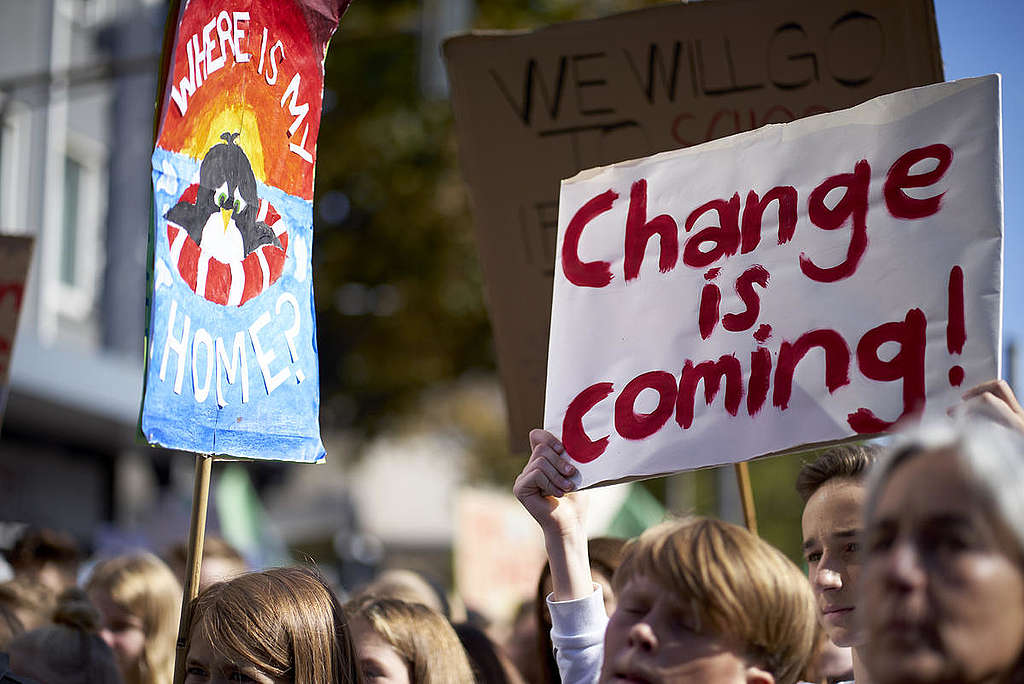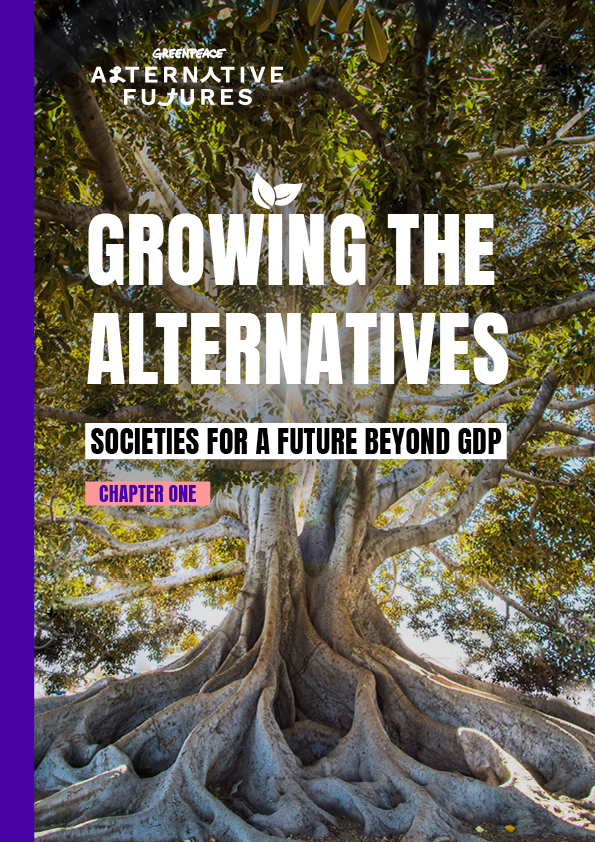To reach new places, we need to explore new paths. Only in this way will we achieve different realities, alternative futures shaped by equitable, collaborative societies committed to the environment. Can you imagine a place where growth is linked to life and justice rather than profit and the economy?
You don’t need to imagine much. There are already communities practicing alternative economies that prioritize care at their core, offering us hope that other realities are possible.
Today, a country’s economic growth is used as an indicator of living standards. In other words, the higher a country ranks on the Gross Domestic Product (GDP) list, the better the prospects for that country. But that is far from reality.
At Greenpeace, we are interested in keep learning from the knowledge and lived experience – often marginalised and ignored – of those communities that resist the prevailing beliefs, those that assume profit is the sole path to growth. Our aim is to share with you the theories and stories that sow the seeds of alternative futures.
So, we have collected the experiences of 15 communities around the world into a three-episode work called Growing the Alternatives: Future Societies Beyond GDP. We will publish it in three parts, allowing us to read, absorb, and embrace these ideas. We will explore political alternatives and economic scenarios, analyse market responses to these alternatives, and visit all those examples that exist and work, which set the path for the futures we want to build.
Read and learn with us. Share it, discuss it and tell us: Do you know any kind of alternative you want to share with us? Do you have questions about how this could really work? What can we do make this happen?
Let’s learn, Let’s grow Alternative Futures!
Read the first chapter:

Challenge the idea that there is only one economic model that all countries must follow.

 11 months ago
51
11 months ago
51




